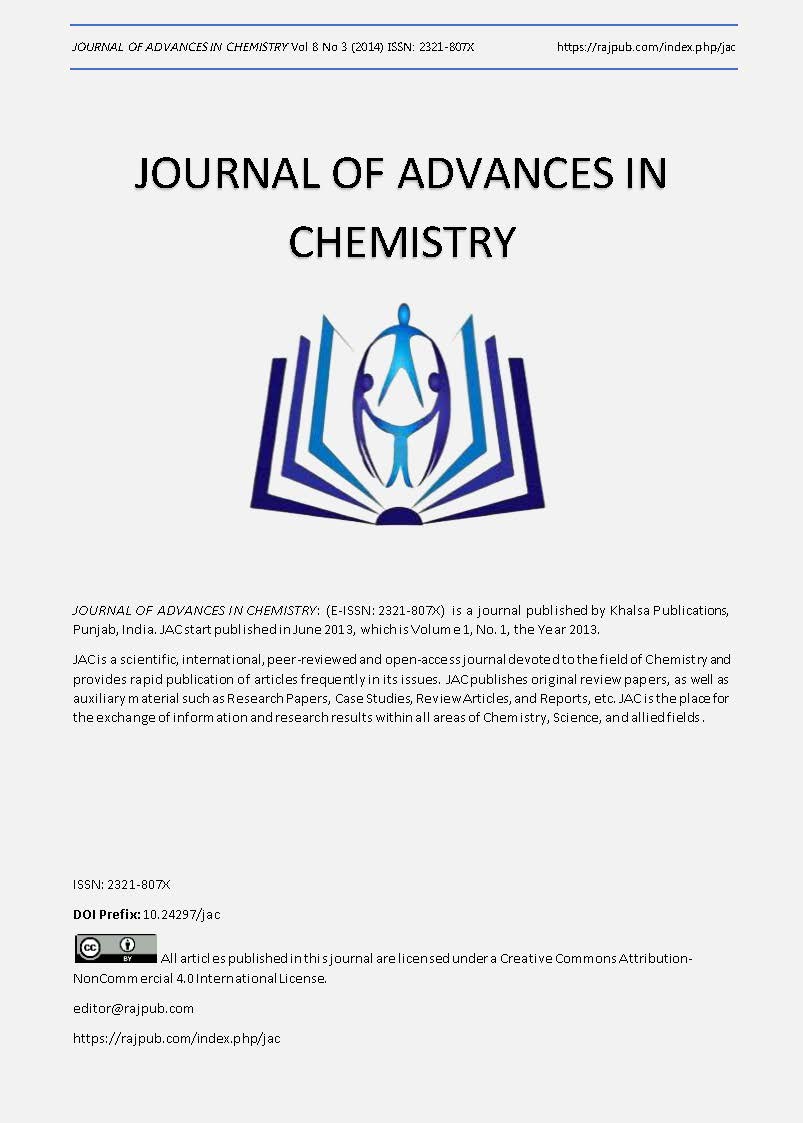Effect of Trifluoromethyl Substitution on C-3 Position in 1H NMR of Quinolones / Coumarins
DOI:
https://doi.org/10.24297/jac.v8i3.4053Keywords:
NMR, 1H, trifluoromethyl, quinolones, coumarinsAbstract
The structural assignment of differently substituted quinolones / coumarins was reviewed using 1H NMR spectral data. In case of quinolones / coumarins, with varied substitutions at C-4 and different positions of the benzenoid ring, there is a great variation in the 1H NMR value of the proton only attached with C-3. It was observed that when different substitutions (methyl / amino / hydroxy / acetoxy / trifluoromethyl) were carried out at C-4 position, maximum deshielding with the proton attached with C-3 was observed with trifluoromethyl substitution. The observation is same even with the variation in different groups at the benzenoid ring.Â
Downloads
Downloads
Published
How to Cite
Issue
Section
License
 All articles published in Journal of Advances in Linguistics are licensed under a Creative Commons Attribution 4.0 International License.
All articles published in Journal of Advances in Linguistics are licensed under a Creative Commons Attribution 4.0 International License.




